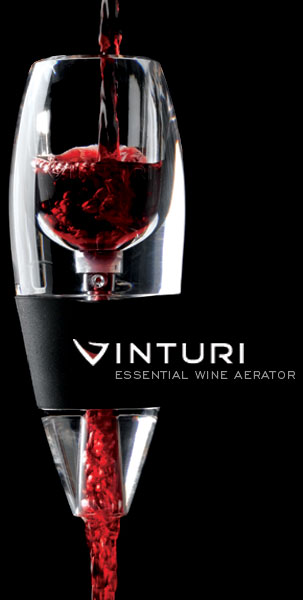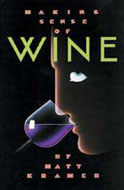My closest friends and I go out to a fantastic restaurant
called Maxwell’s (I know, I’m always writing about it) every Tuesday or
Thursday to eat a St. Helen’s BLT with a side of chips or fries, and drink
half-priced bottles of wine. We talk about work and friends and what’s on the
menu for our next dinner party and generally leave feeling sleepy and full of
both food and friends. It is the highlight of my week, to sit under the big
sparkling chandelier, a Christmas tree lit up in the window, and drink Merlots
or Cabernets from their restaurant Riedels.
There is something ridiculously fun about ordering a bottle
of wine at the table. We get to scan a long wine list, and without labels and without
any guidance but tastes in varietal, we pick a bottle that could be completely
awful (but never is)… and then, the tasting. I love how the waitress pulls out
the cork and places it, wine side up on the table, the deep purple soaked
through the cork, covering the vintner’s monogram or little design, and then
pours you a tiny sip. I always feel a tiny bit silly swirling my wine around,
breathing in the nose, and then tasting that almost warm, always juicy first
sip of wine.
And then wine is poured around the table, swirling through each
glass, catching the light, and everyone tastes and comments and usually sighs
with post-work-first-glass-of-wine happiness. I don’t know if it’s the
community feel this whole ritual, or the fact that it’s a time-honored process
that we just inherently know how to do, but I always feel older and wiser and
more stable when I’m sitting at the table ordering a bottle of wine.
A couple of weeks ago we ordered an 2009 Owen Roe Sharecropper’s
Cabernet Sauvignon from the Columbia Valley. It was $42 at the restaurant,
and then half price, bringing it down to just a bit above the store price ($15
retail) – which is a steal, if you ever buy wine out! The wine was in a squat
bottle with a rustic label of a horse pulling a cart and I felt like we should
have been in a barn drinking wine on straw bales. The wine was just as lush as
the farm notion – full of ripe berries like plum and cherry. The finish was lush
with structure and some noticeable tannins. It was a great warm, lush winter
wine.
Last night, we went to Maxwell’s and again ordered a bottle –
but this time, we tried a Merlot. My friend Whitney, who is also getting into
wine, had forwarded me an article about Merlot coming back (after its
Sideways-inspired, Yellow Tail-enforced, downfall). I have always been a Merlot
fan, but after discovering Cotes-Du-Rhone recently, I hadn’t the heart to drink
anything that wasn’t perfectly complex and rustic like the Reserve Perrin
Cotes. Luckily, we ended up with a delicious bottle of a Balboa Vineyards 2009 Mirage
Vineyard Merlot. It was originally $32 at Maxwell’s and half off, cheaper than
the in-store cost ($22 retail). The Merlot was very well balanced, with a fruity
bouquet, complimented by some acidity at the end of the sip and a bit of spice
to finish the sip. The Merlot was certainly as complex and as enjoyable as the Cabernet,
regardless of what silly wine movies say!
I suppose the moral of the story is that good friends, good food, and good restaurants are made even better by good, cheap bottles of wine. I suggest you keep your eye out for a half-priced bottle of wine restaurant and start working your way through an unknown, and unfamiliar, wine list!










































